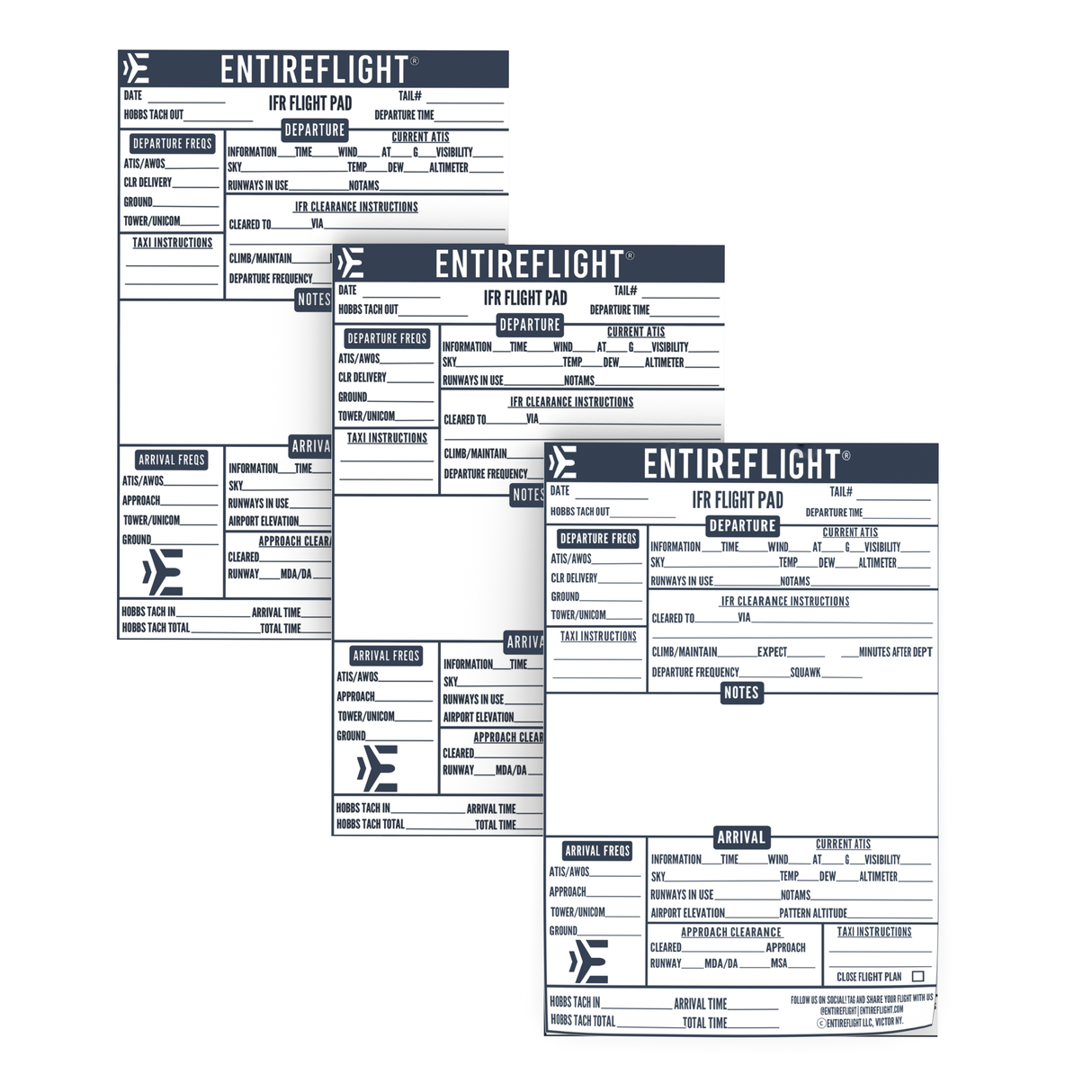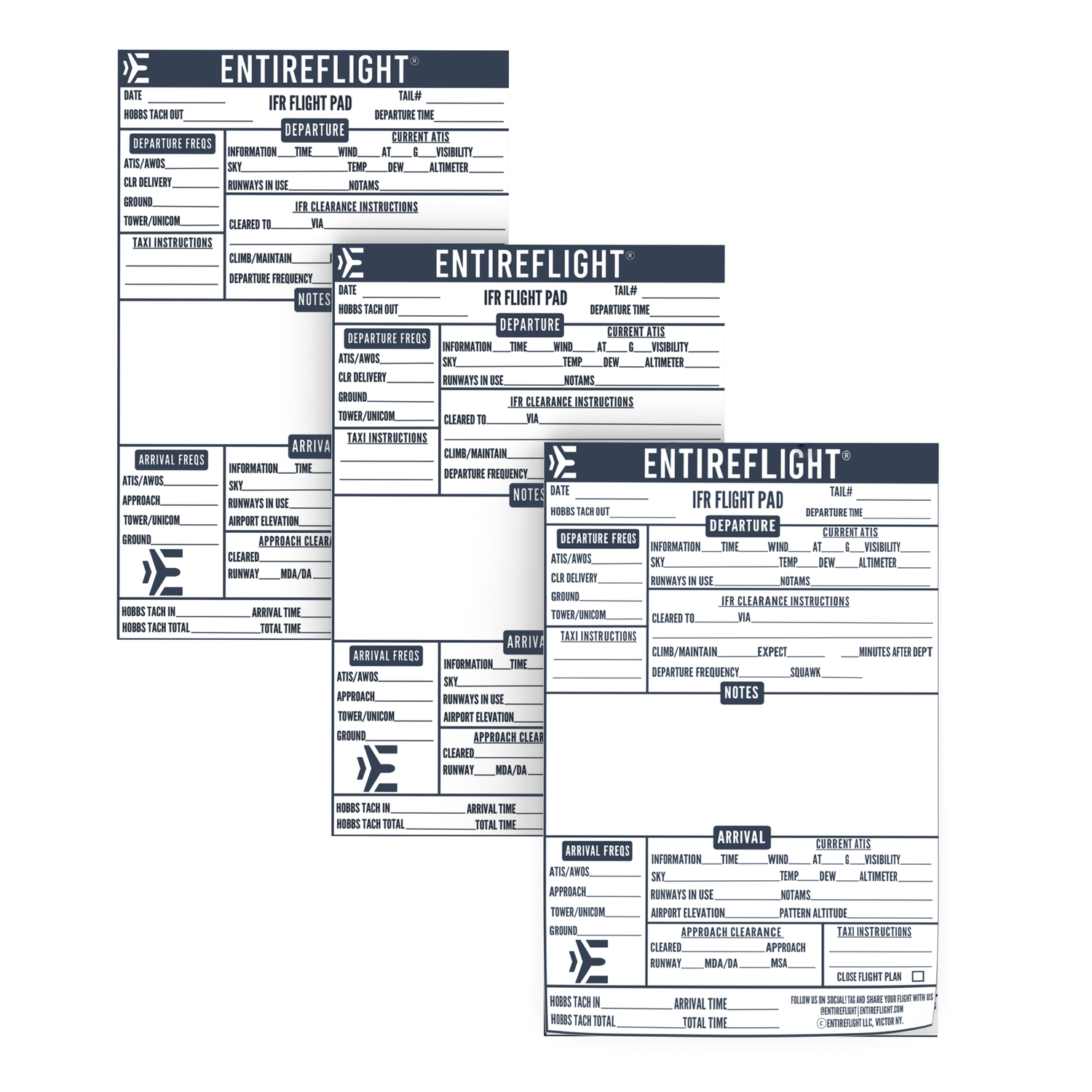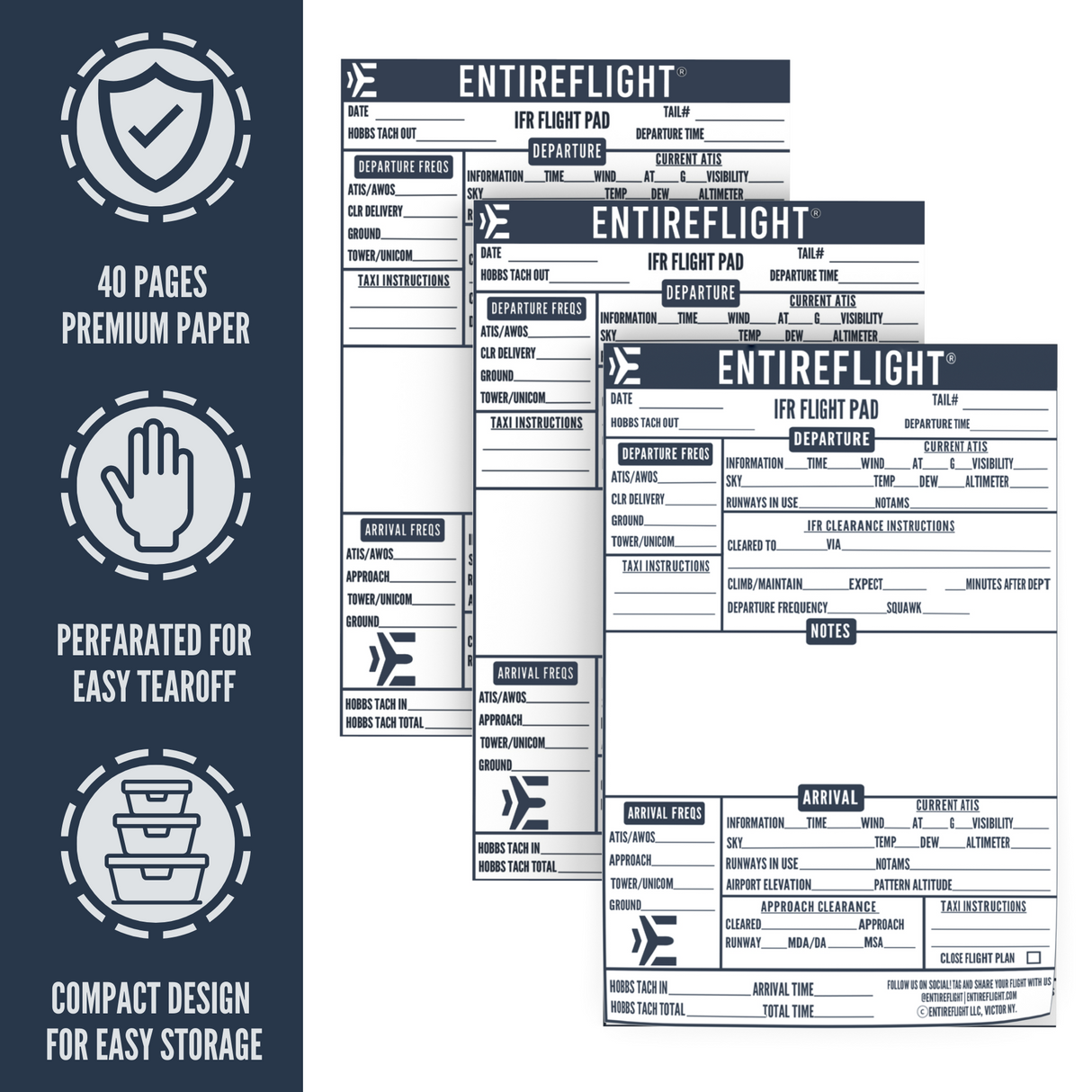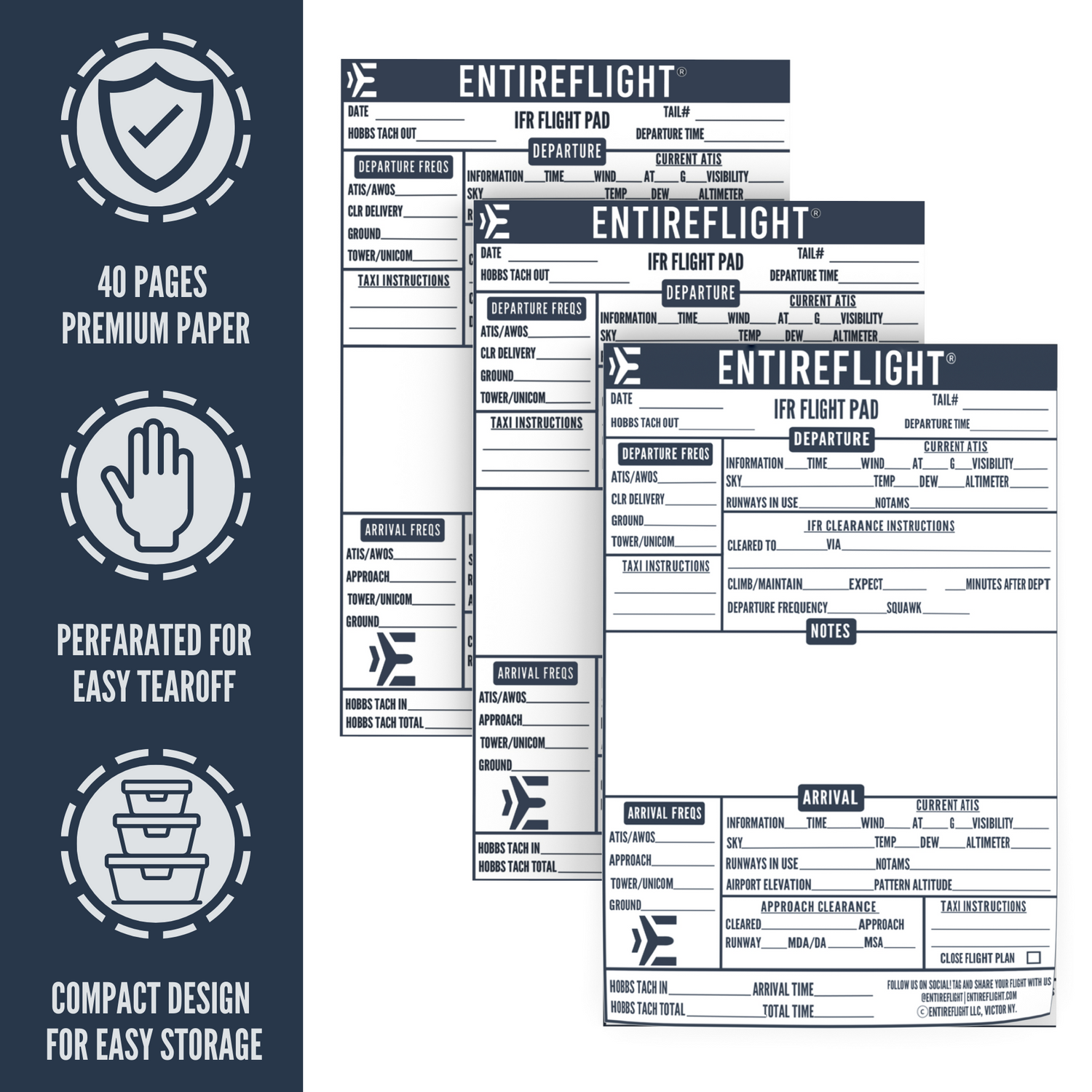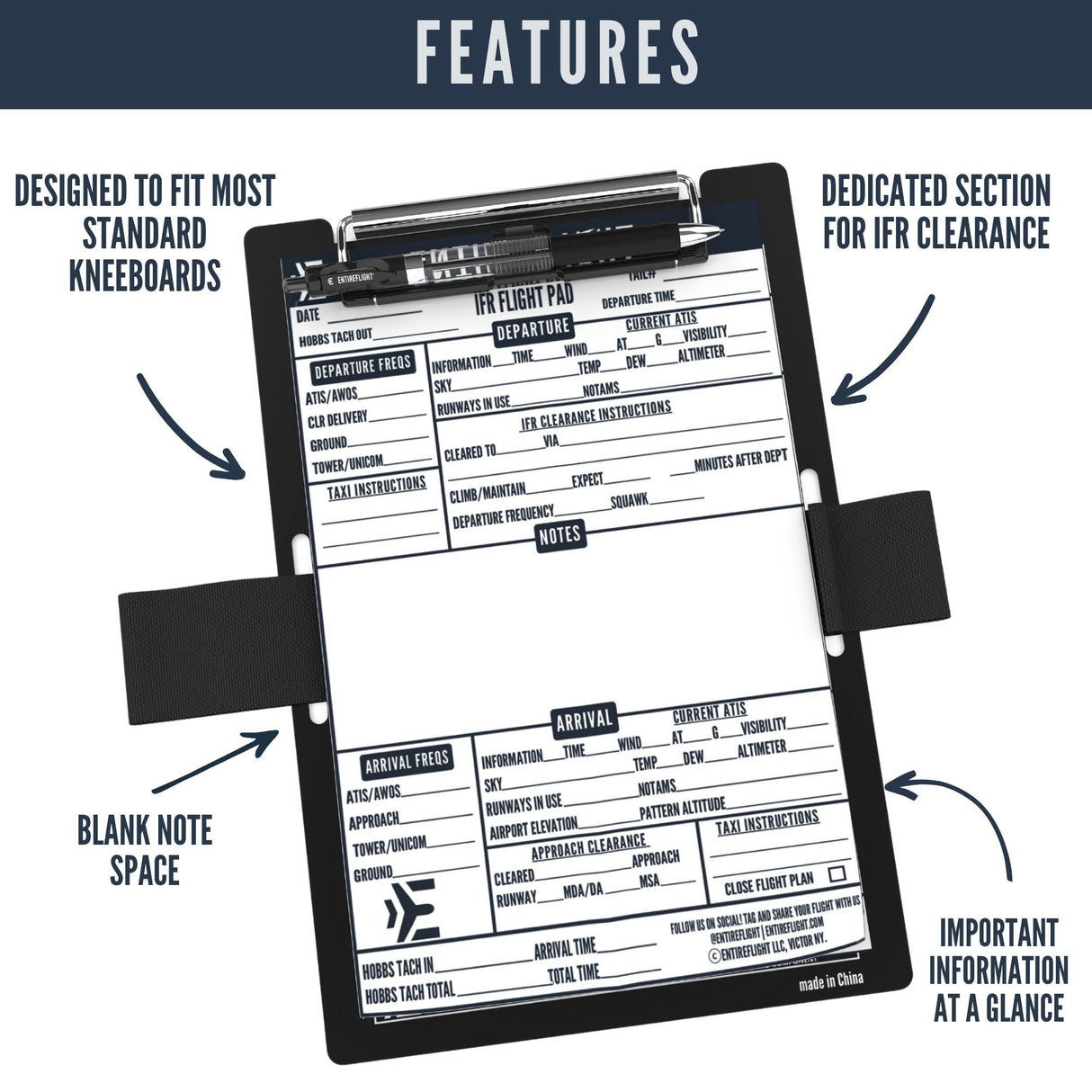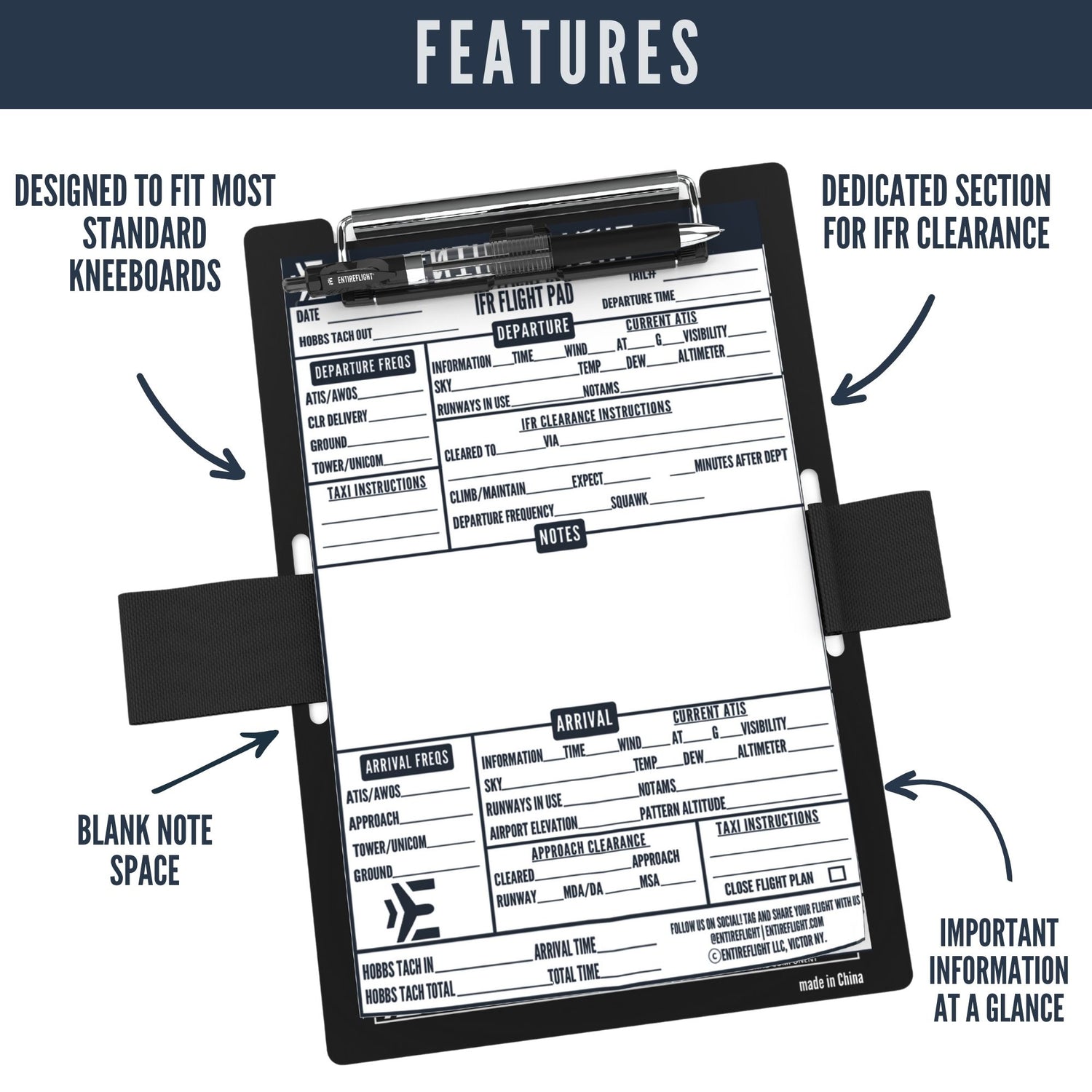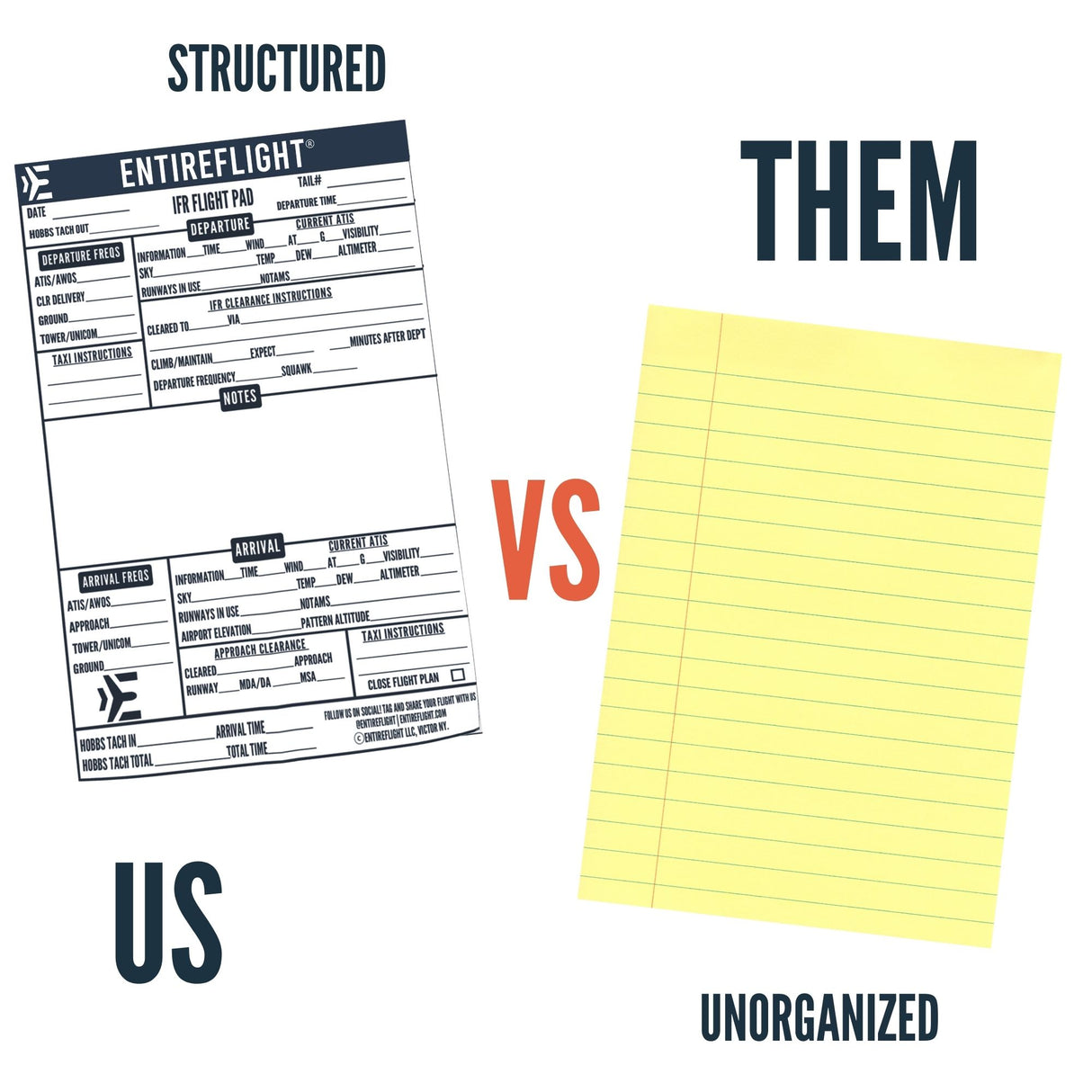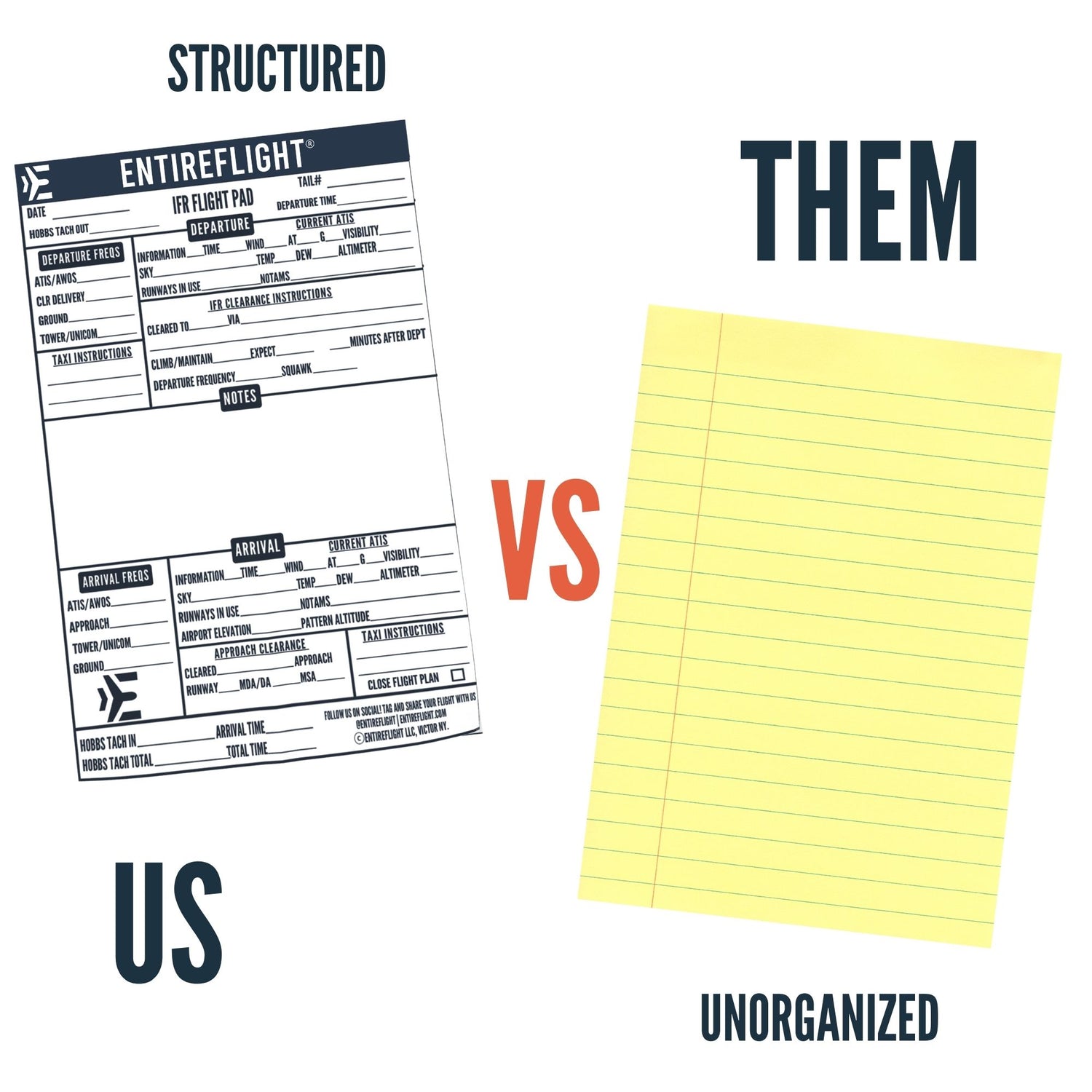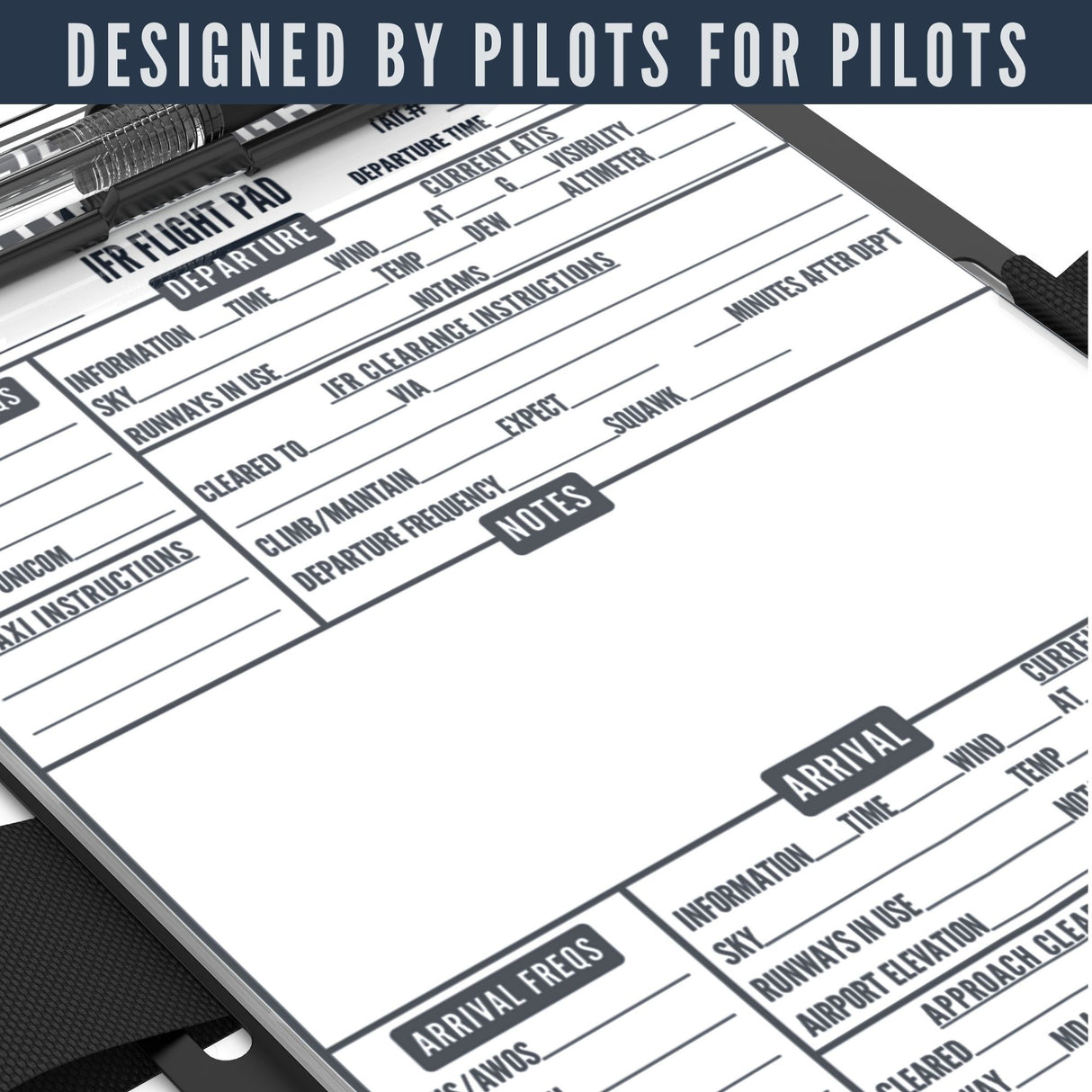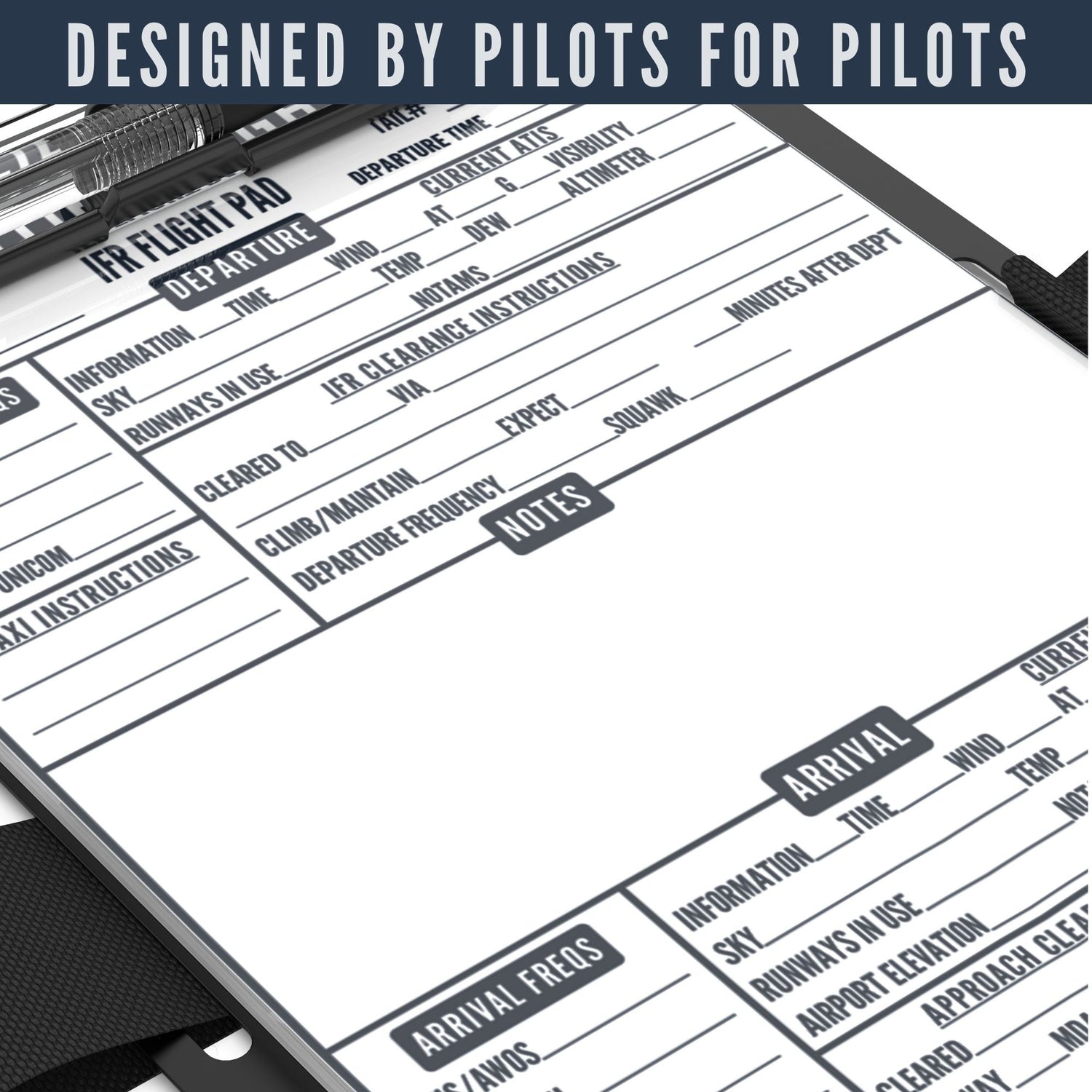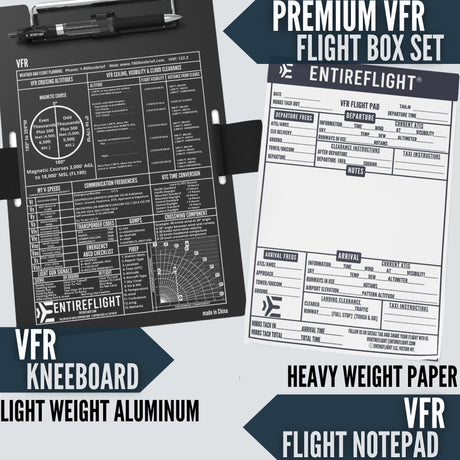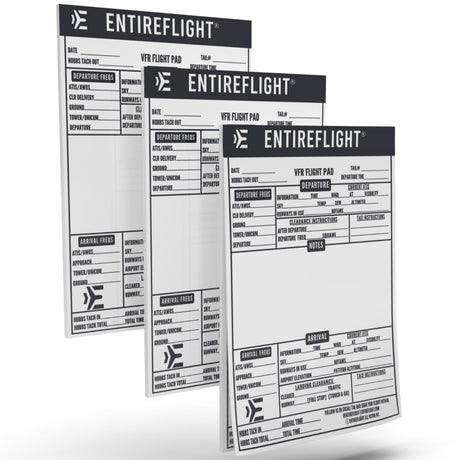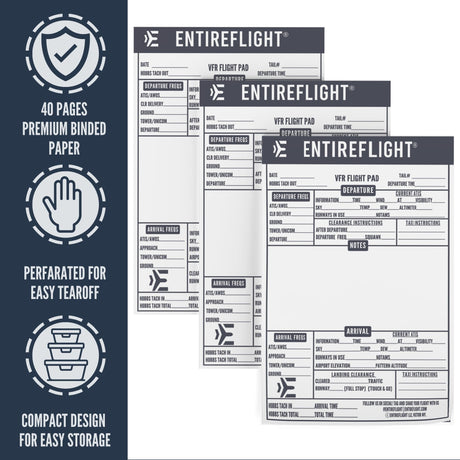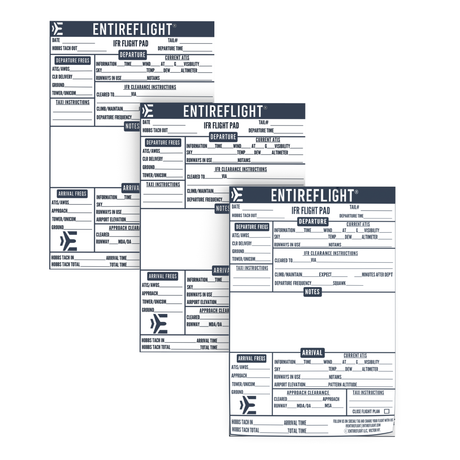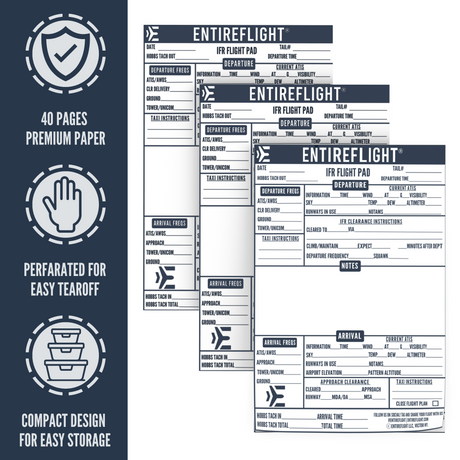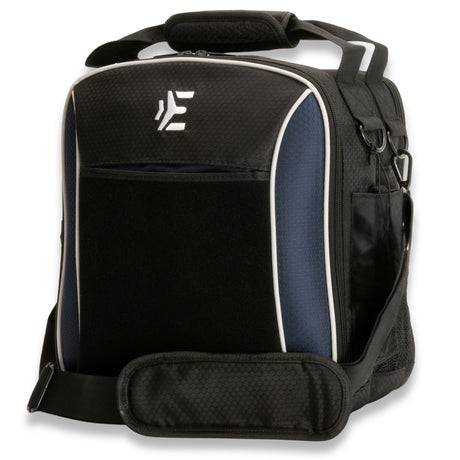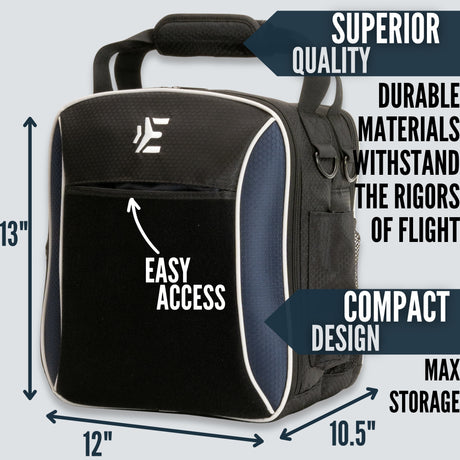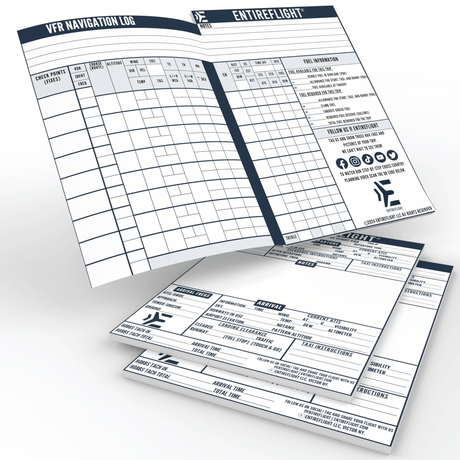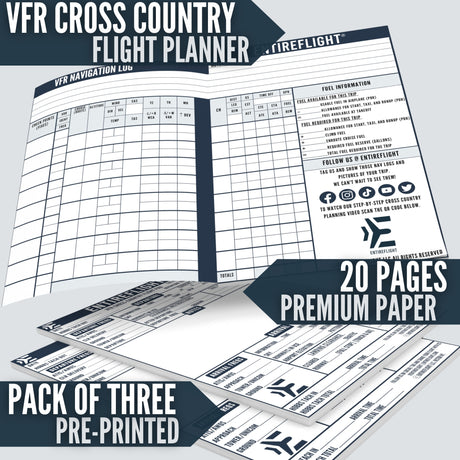When it comes to choosing between Boeing 777 and 787, it can be a difficult decision. Both are wide-body, long-range airliners that offer a comfortable and efficient flying experience. However, there are some key differences between the two that you should consider before making your choice.
Firstly, the Boeing 777 is a larger aircraft than the 787, with a seating capacity of up to 550 passengers compared to the 787's maximum of 330 passengers. This makes the 777 a better option for airlines with high passenger demand. Additionally, the 777 has a longer range than the 787, making it suitable for ultra-long-haul flights. On the other hand, the 787 is a more fuel-efficient aircraft, which translates to lower operating costs and reduced environmental impact.
Another important factor to consider is the level of passenger comfort. Both aircraft offer state-of-the-art amenities, including spacious cabins, large overhead bins, and advanced in-flight entertainment systems. However, the 787 is equipped with larger windows that can be dimmed electronically, creating a more relaxing and comfortable environment for passengers. Additionally, the 787's advanced air filtration system helps to reduce jet lag and improve air quality, making it an ideal choice for long-haul flights.
Boeing 777: An Overview
If you are in the market for a long-range, wide-body airliner, then the Boeing 777 should definitely be on your list. With a range of up to 8,555 nautical miles, the 777 is capable of flying almost anywhere in the world non-stop. The 777 is also known for its fuel efficiency and reliability, making it a popular choice among airlines.
The 777 comes in several variants, including the 777-200, 777-200ER, 777-300, and 777-300ER. The -200 and -200ER are the smaller variants, while the -300 and -300ER are larger and have a longer range. The 777-200LR and 777-300ER are the longest-range models, capable of flying up to 9,395 nautical miles and 7,370 nautical miles, respectively.
One of the standout features of the 777 is its spacious cabin. With a width of 19.5 feet, the cabin is wider than that of the 787, allowing for more comfortable seating arrangements. The 777 also has a higher ceiling, which gives passengers a greater sense of space.
In terms of technology, the 777 is equipped with advanced avionics and flight management systems, making it easier for pilots to fly and navigate. The 777 also has a fly-by-wire system, which helps to reduce pilot workload and improve safety.
Overall, the Boeing 777 is a reliable and efficient long-range airliner that has been popular among airlines since its introduction in 1994. If you are looking for a spacious and comfortable aircraft that can fly almost anywhere in the world non-stop, then the 777 is definitely worth considering.
Boeing 787: An Overview
If you're in the market for a new airplane, you may want to consider the Boeing 787. This aircraft is a popular choice among airlines for several reasons.
First, the 787 is made from lightweight composite materials, which makes it more fuel-efficient than older airplanes. This can save airlines a lot of money on fuel costs over time.
Second, the 787 is designed to be more comfortable for passengers. It has larger windows, better air quality, and a quieter cabin than many other airplanes. This can make long flights more enjoyable for passengers.
Third, the 787 is equipped with the latest technology. It has advanced avionics and computer systems that make it easier and safer to fly. It also has a longer range than many other airplanes, which means it can fly farther without stopping to refuel.
Overall, the Boeing 787 is a great choice for airlines that want to save money on fuel costs, provide a comfortable experience for passengers, and take advantage of the latest technology.
Comparative Analysis
When it comes to comparing the Boeing 777 and 787, there are several factors that come into play. Here are some key differences between the two aircraft:
Size and Capacity
The Boeing 777 is a larger aircraft than the 787, with a maximum seating capacity of up to 550 passengers. In contrast, the 787 has a maximum seating capacity of 330 passengers. The 777 also has a longer range than the 787, making it better suited for long-haul flights.
Fuel Efficiency
The 787 is a more fuel-efficient aircraft than the 777, thanks to its use of advanced materials and technologies. This means that the 787 can travel further on less fuel, making it a more environmentally friendly option.
Comfort and Amenities
Both the 777 and 787 are designed with passenger comfort in mind, but the 787 has some advantages in this area. For example, the 787 features larger windows that allow more natural light into the cabin, as well as a lower cabin altitude that reduces the effects of jet lag.
Cost
The cost of purchasing and operating a Boeing 777 or 787 can vary depending on a number of factors, including the specific model and configuration. However, in general, the 787 tends to be more expensive than the 777 due to its advanced technologies and materials.
Overall, both the Boeing 777 and 787 are impressive aircraft that offer a range of benefits to passengers and airlines alike. The choice between the two ultimately depends on the specific needs and priorities of the airline in question.
Design and Structure
The table below provides a concise comparison of the Boeing 777 and 787 in terms of design features, passenger capacity, range, engine efficiency, performance, cabin comfort, operational costs, and safety records.
|
|
Boeing 777 |
Boeing 787 |
|
Design Features |
Wide-body, aluminum fuselage, composite wing |
Wide-body, composite fuselage, composite wing |
|
Wingspan |
212 feet |
197 feet |
|
Length |
209 feet |
186 feet |
|
Passenger Capacity |
Up to 550 passengers |
Up to 330 passengers |
|
Range |
Up to 8,555 nautical miles |
Up to 8,000 nautical miles |
|
Engine Efficiency |
Engines mounted under wings, reduced drag, fuel efficiency |
More efficient engines, less noise, improved passenger comfort |
|
Performance |
Two models: 777-200 (medium to long-haul) and 777-300 (extended-range) |
Three models: 787-8, 787-9, 787-10 |
|
Maximum Range |
7,370 nautical miles |
7,635 nautical miles |
|
Maximum Speed |
Mach 0.89 |
Mach 0.85 |
|
Engines |
GE90 or PW4000 turbofan engines (777) |
GEnx or Trent 1000 turbofan engines (787) |
|
Seating Capacity |
Up to 396 passengers (777) |
Up to 330 passengers (787) |
|
Cabin Comfort |
Spacious cabin, wider seats, larger windows, adjustable headrests and footrests (777) |
Largest windows, electronic dimming, comfortable seats (787) |
|
Operational Costs |
Higher operational costs, larger engines, larger capacity (777) |
Lower operational costs, smaller engines, smaller capacity (787) |
|
Safety Records |
Solid safety record with improvements over the years (777) |
Short safety record with addressed incidents (787) |
Conclusion
In summary, the Boeing 777 and 787 are both impressive aircraft with unique features and advantages.
The 777 is a larger and more established aircraft, with a proven track record of reliability and performance. Its range and cargo capacity make it a popular choice for long-haul flights, particularly for airlines that prioritize passenger comfort.
On the other hand, the 787 offers advanced technology and fuel efficiency, making it a more environmentally friendly option. Its smaller size and range make it ideal for airlines that want to operate more frequent, shorter flights with fewer passengers.
Ultimately, the choice between the two aircraft depends on the specific needs and priorities of the airline. Both the 777 and 787 have their strengths and weaknesses, and it is up to each airline to decide which one best fits their business model and goals.
Frequently Asked Questions
1 - What are the key differences between the Boeing 777 and 787?
The Boeing 777 and 787 are both popular wide-body commercial airplanes, but they differ in several key ways. The 777 is larger and has a longer range than the 787, while the 787 is more fuel-efficient and has more advanced technology.
2 - How does the leg room compare between the Boeing 777 and 787?
The leg room in the Boeing 777 and 787 varies depending on the airline and seating configuration. However, the 787 typically has more leg room than the 777 due to its more modern design.
3 - What are the size differences between the Boeing 777 and 787?
The Boeing 777 is a larger aircraft than the 787. The 777 has a greater wingspan, length, and height, and can carry more passengers and cargo than the 787.
4 - Are there any notable differences between the American Airlines Boeing 777 and 787?
American Airlines operates both the Boeing 777 and 787, but there are some notable differences between the two aircraft. The 787 is more fuel-efficient and has a more modern design, while the 777 has a longer range and can carry more passengers.
5 - What are the main features of the Boeing 777-300ER?
The Boeing 777-300ER is a popular variant of the 777 family. It has a longer range than other 777 models and can carry up to 386 passengers. It also features advanced technology and a spacious cabin.
6 - What are the main features of the Boeing 787-8 and 787-9?
The Boeing 787-8 and 787-9 are both part of the 787 family and share many features. They are both designed with fuel efficiency in mind and feature advanced technology such as a quieter cabin and larger windows. The 787-9 is longer than the 787-8 and can carry more passengers.

